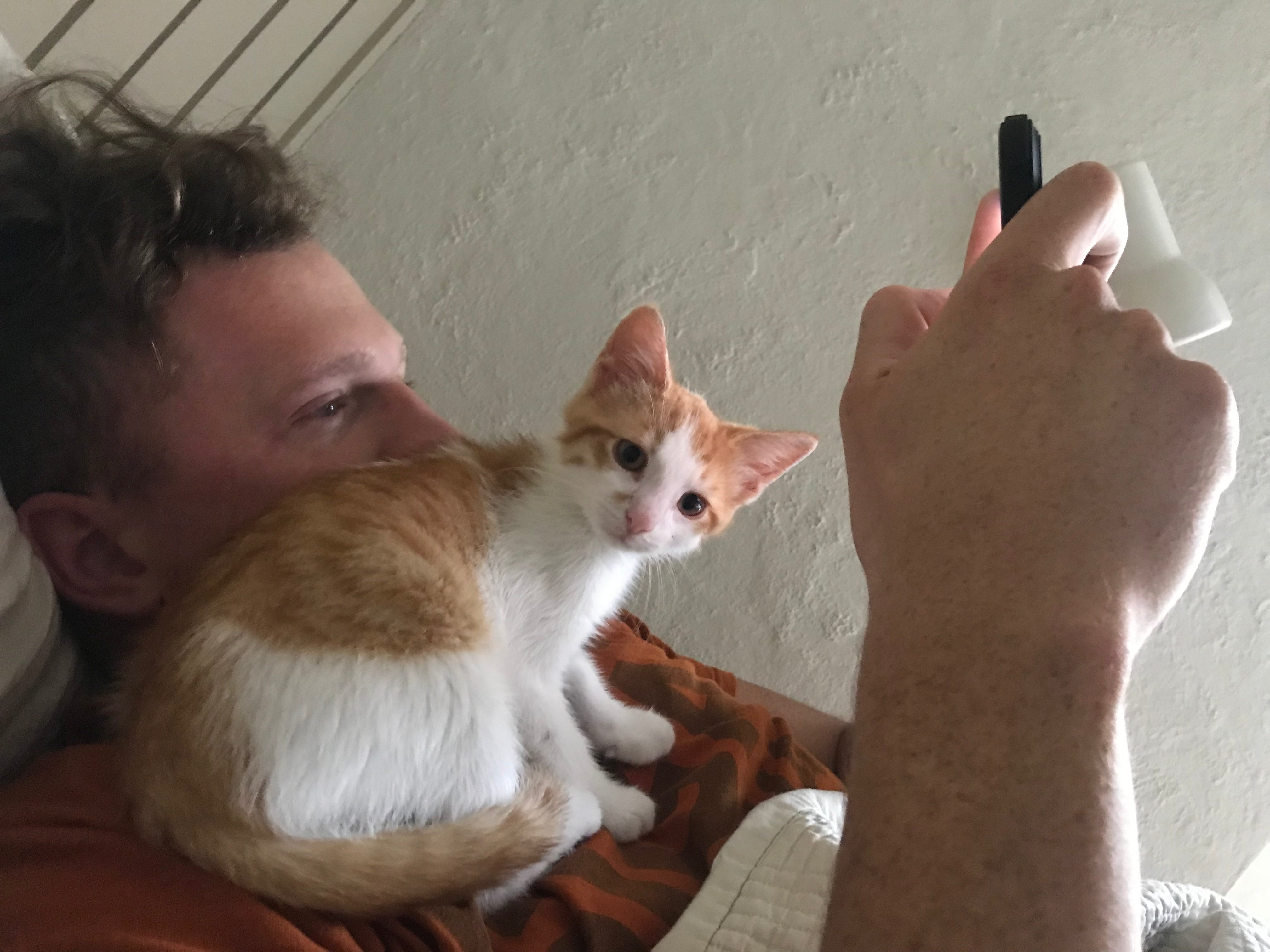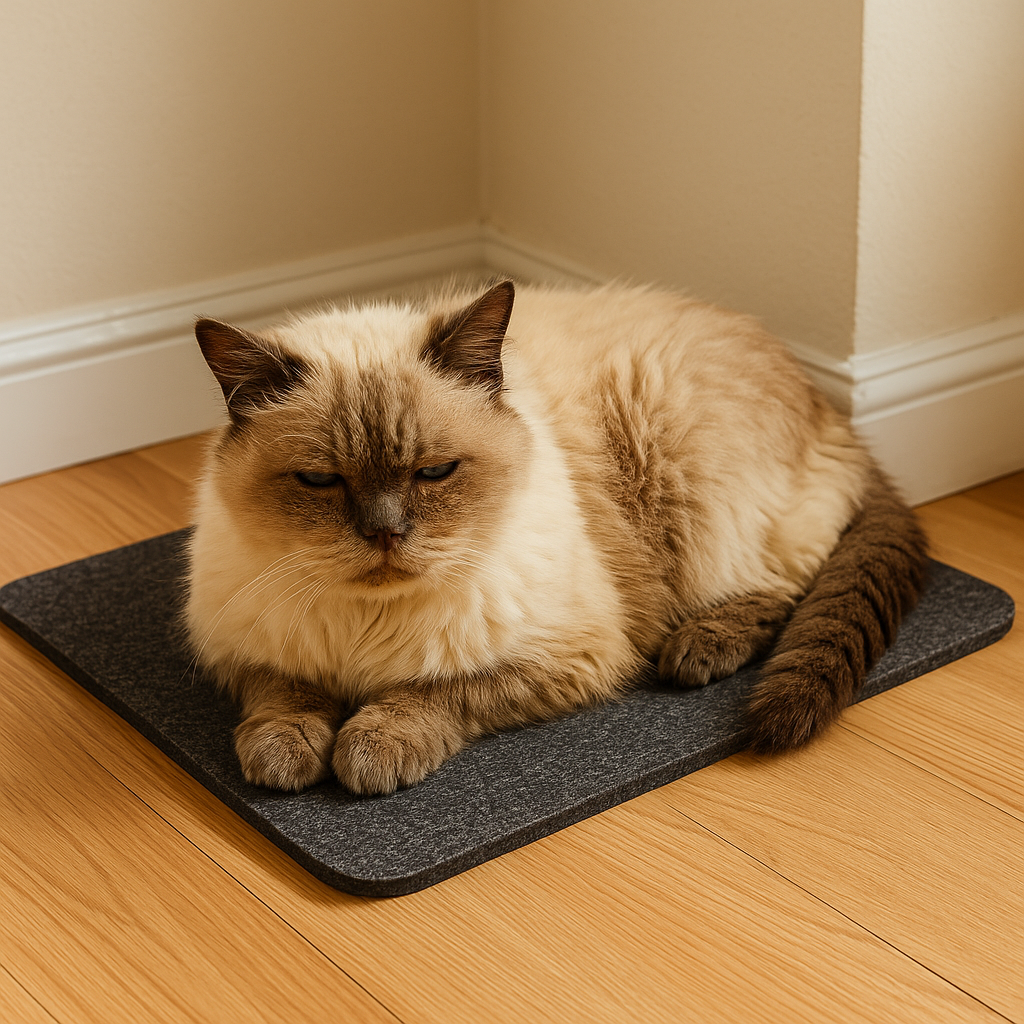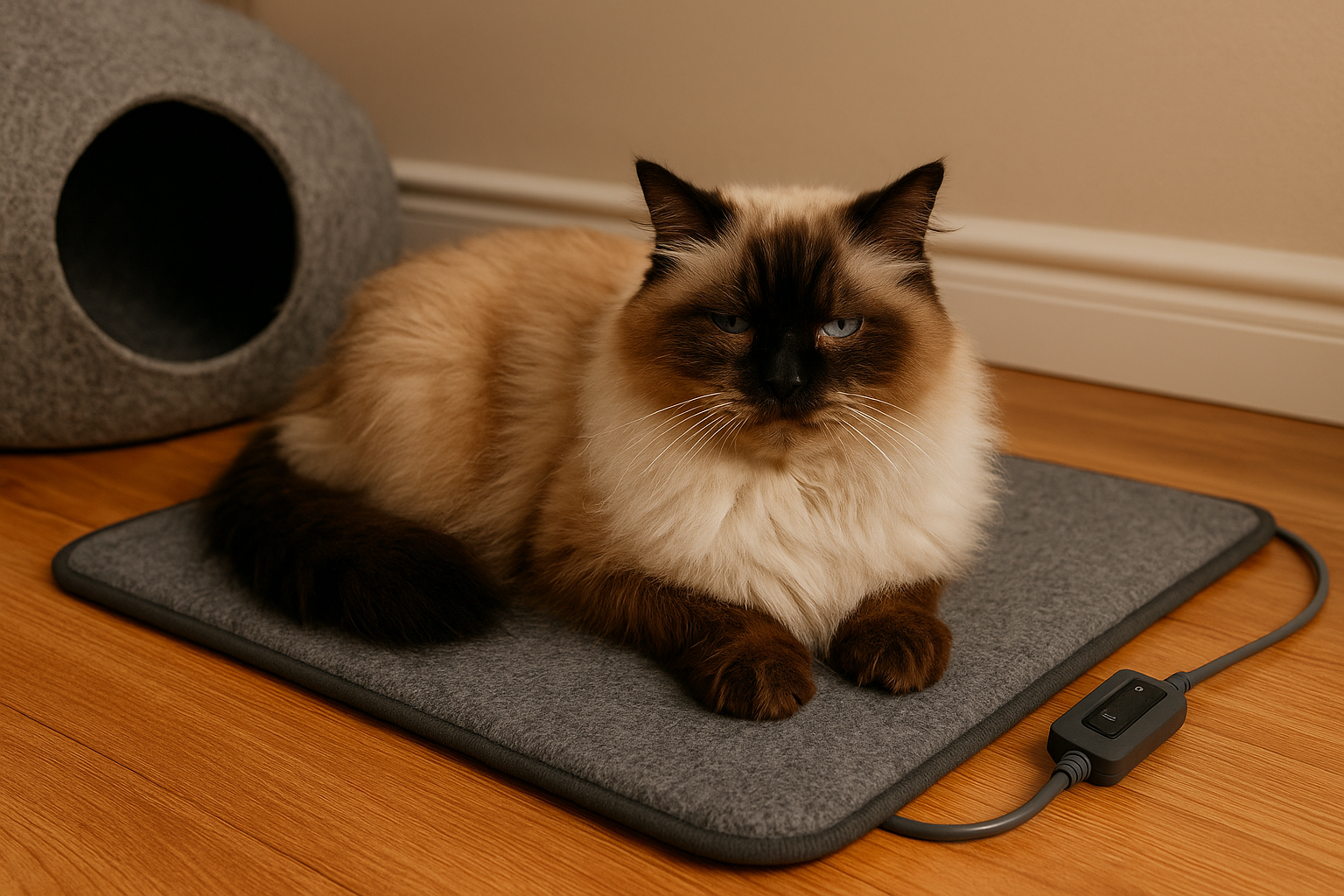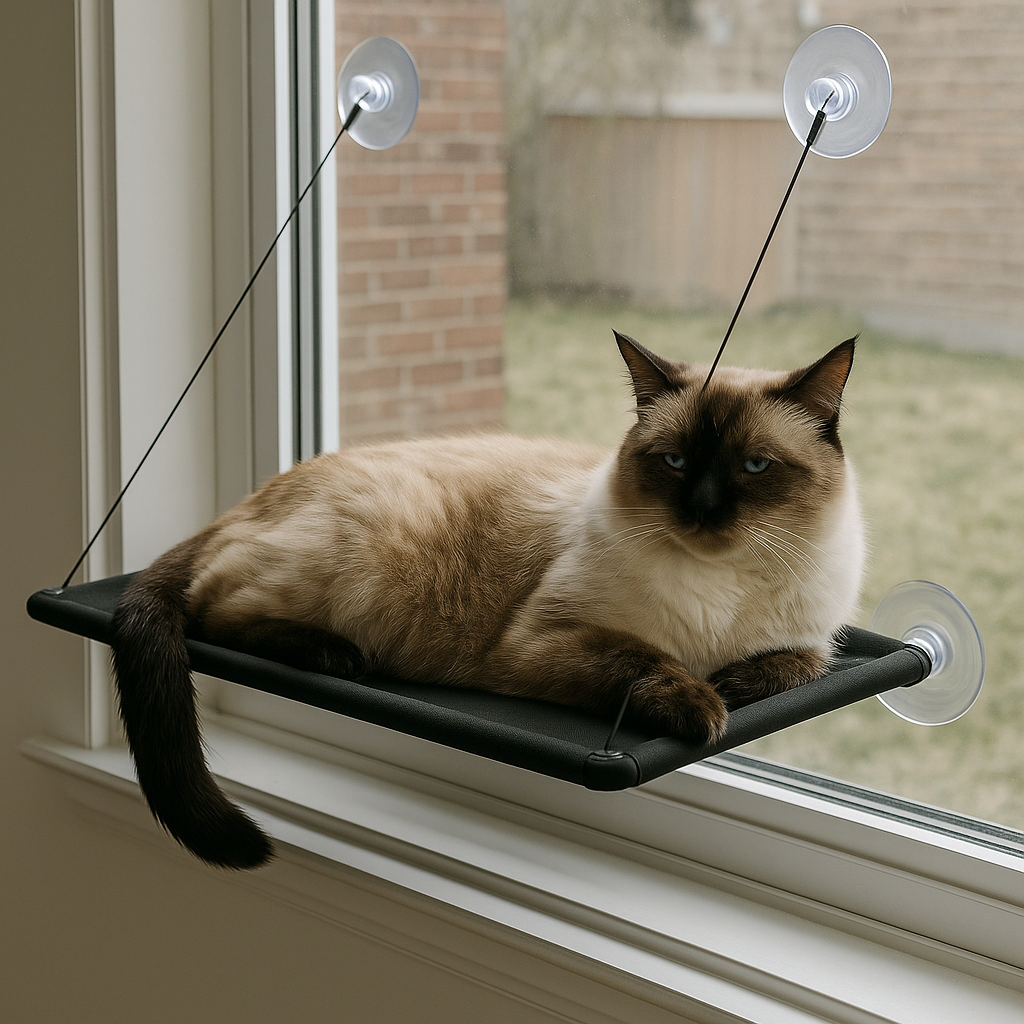How to Help Your Cat Lose Weight – A 2025 Vet Backed Plan 🐱
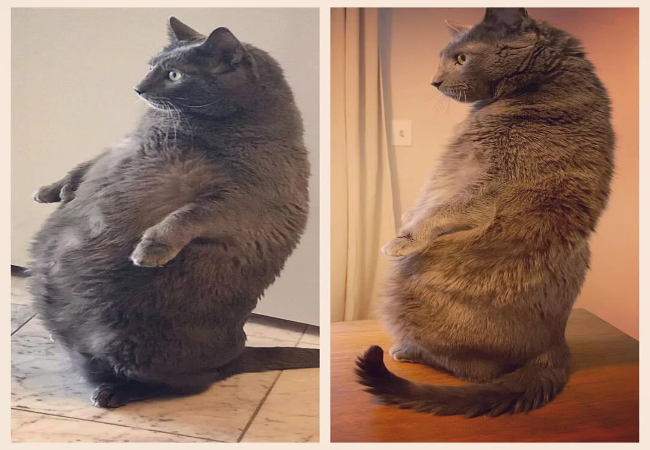
In this article
How to Help Your Cat Lose Weight – A 2025 Vet Backed Plan 🐱
By Dr. Duncan Houston BVSc
Feline obesity is a growing concern, affecting cats worldwide. Beyond appearance, excess weight can lead to diabetes, arthritis, heart problems, and reduced lifespan. The good news is that with the right plan, you can help your cat achieve and maintain a healthy weight, improving both their quality of life and longevity.
🐾 Understanding Feline Obesity
Obesity in cats occurs when a cat’s weight is 20% or more above the normal range. This excess body fat strains organs and joints, impacting overall health. Common contributors include:
-
Overfeeding, especially calorie-dense dry food
-
Sedentary lifestyle or lack of exercise
-
Neutering, which can reduce metabolism
-
Breed predisposition (Domestic Shorthairs, Persians, Siamese)
Recognizing obesity early is critical to preventing serious health issues.
⚖️ Recognizing an Overweight Cat
Instead of relying solely on scales, assess your cat’s body condition:
-
Ribs: You should be able to feel them easily without pressing.
-
Waistline: Observe from above; a visible waist behind the ribs indicates a healthy weight.
-
Abdominal tuck: Look for a slight upward slope from ribs to hips.
Your vet can provide a body condition score, the most accurate way to monitor weight.
🍽️ Balanced Diet & Portion Control
Overfeeding is a leading cause of feline obesity. Tips to manage diet:
-
Use measuring cups to ensure proper portions.
-
Choose high-protein, low-carb foods to support metabolism.
-
Limit treats and avoid free-feeding.
-
Consult your vet for personalized feeding plans based on age, activity level, and health status.
Specialty weight management cat foods can be helpful for cats needing gradual weight loss.
🏃 Exercise & Enrichment
Physical activity is essential for weight control and mental stimulation:
-
Schedule daily interactive play sessions with toys like feather wands or laser pointers.
-
Invest in cat trees or climbing structures to encourage movement.
-
Rotate toys regularly to maintain interest.
-
For indoor cats, structured activity is especially important to prevent sedentary habits.
🩺 Regular Vet Check-Ups
Frequent veterinary visits help:
-
Monitor weight fluctuations
-
Identify early signs of obesity-related conditions
-
Adjust diet or activity plans as needed
-
Ensure gradual, safe weight loss for overweight cats
Rapid weight loss can be dangerous, potentially causing hepatic lipidosis (fatty liver disease).
📋 Creating a Weight Loss Plan
For overweight cats:
-
Gradual calorie reduction guided by your vet
-
Incremental increase in daily activity
-
Scheduled feeding instead of free-feeding
-
Behavioral enrichment to encourage movement
Consistency and patience are key. Weight loss should be slow and steady to prevent stress or health complications.
💡 Final Thoughts
Helping your cat lose weight isn’t just about appearance—it’s about long-term health and happiness. With a balanced diet, regular exercise, and veterinary guidance, you can support your feline friend in achieving a healthy weight.
Investing in these habits now ensures your cat lives an active, pain-free, and fulfilling life for years to come.




